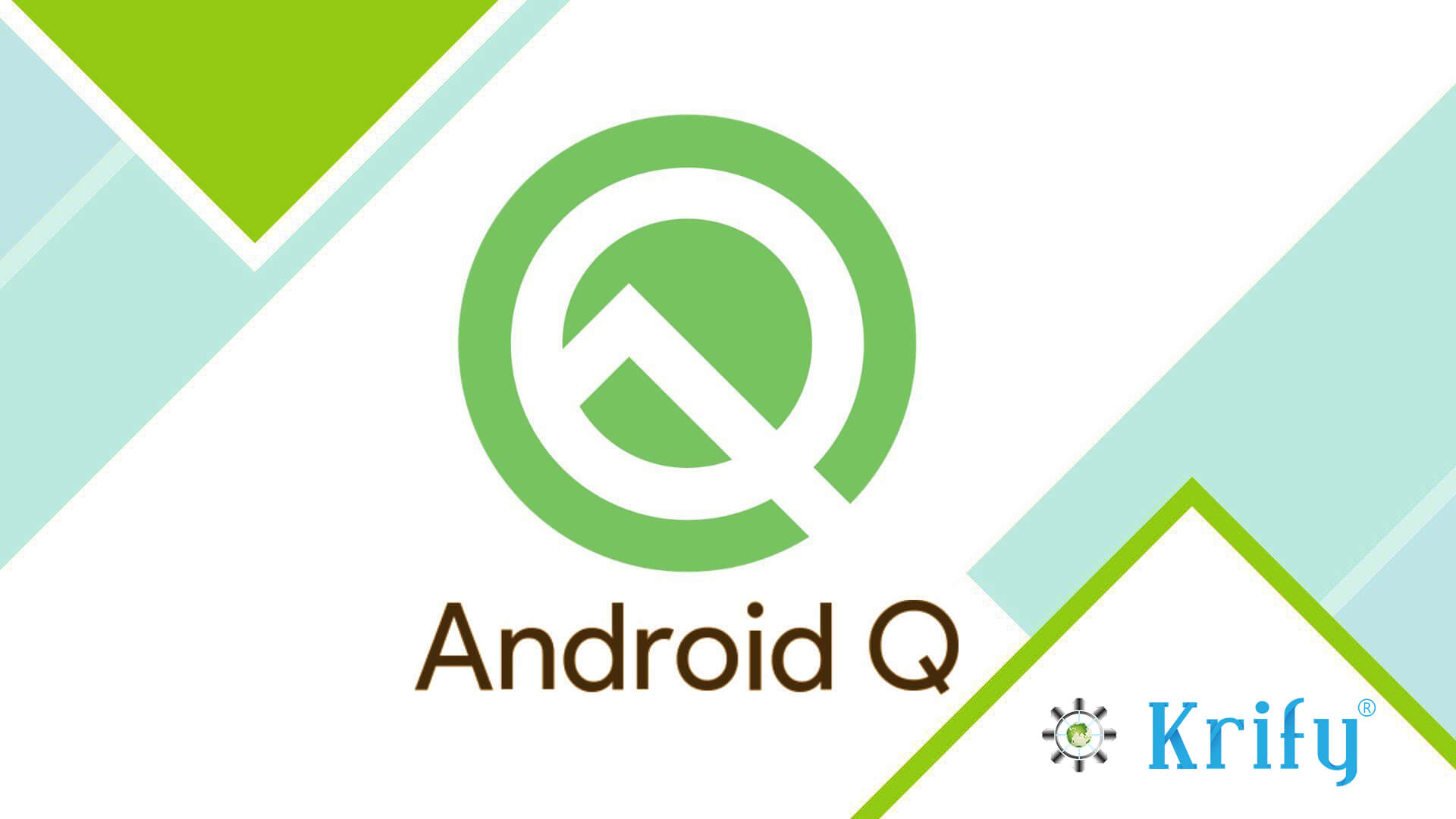Official Android Q beta app development guide is now on the Google Pixel devices. Android Q is ready for the next smart devices to adopt. For developers who are waiting to build the new SDK for coming app generation. In fact, we are still looking to know the name of Android ‘Q’.
The features of Android Q beta app development guide extend transparency and control with updated privacy features. Now Android Q users have a command on their own data and the capabilities to grant the app. In this article, I am sharing you the Top 5 features of Android Q available today for beta users to try for next Android Q Targeted Level 28 App Development.
- Android Q Key behaviour Changes
- Android Q Privacy changes
- Android Q features and APIs
- Android Q Telephony features
- Android Q Media and graphics features
1. Android Q Key behaviour Changes Quick Notes
- Updates to non-SDK interface restrictions to ensure app compatibility and stability.
- Shared memory increases security and robustness when serving with shared memory, improving the performance and safety of Android overall.
- Android runtime solely admits system-generated OAT files which mean ART (Android runtime) no longer invokes dex2oat from the application process.
- Permissions changes for fullscreen notifications with fullscreen intents.
- Driving AOT correctness in ART where Android Q requires 3 environment contexts resulting following behaviour changes.
- Custom class loaders, Means class loaders can be written by apps, unlike class loaders from dalvik.system package–are not AOT-compiled.
- Secondary dex files, the dex files allow to load manually by the apps, not primarily APK–are now AOT-compiled in the background, as first-use compilation could be too expensive, commencing to unwanted latency before the execution.
- Shared libraries in Android, now executed with the new class loader hierarchy.
2. Android Q Privacy changes Key Notes
- Leeway on Storage – Extra Permissions, APIs for retrieving download collections and media in the external storage.
- Enhanced user control on location access permissions to the app running in foreground and background.
- Updated constraints on launching activities from the background that improve user control on apps.
- New restrictions on accessing device serial and IMEI possible with Non-resettable hardware identifiers.
- Access to some Wi-Fi Aware and Bluetooth scanning methods demands fine location Permission for wireless scanning.
- The permission on CAMERA access is now only on likely device-specific metadata like Pose Rotation, pose Intrinsic Reference Calibration, Pose Translation, Radial Distortion and more.
3. Android Q features and APIs
- Enlarged biometric authentication dialogs and Security enhancements.
- Specified user confirmation to claim an implicit biometric modality. in biometric authentication.
- Advanced fallback support for device credentials to authenticate utilizing their device pattern, PIN, or password in case of trouble.
- Run embedded DEX code directly from the APK to aid from attacker managed to tamper with local compiled source code on the device. (Follow this link).
- Public Conscrypt security API is introduced for TLS functionality. Due to constraints on calling non-public APIs affixed in P, this has been greylisted in the Android Q and will be further modified in future Android releases.
- Connectivity features, This category has several enhancements related to data connectivity and networking of Android Q.
- Android Q appends support for peer-to-peer connections for non-network-providing purposes like Chromecast and Google Home hardware.
- Wi-Fi network suggestion API, the first time the Android Q platform finds a network matching through scan results suggested through the app.
- Android Q enlarges the Wi-Fi lock API to efficiently support high-performance mode and low-latency mode.
- Particular lookups in DNS resolver, Android Q appends native support for the DNS over TLS for specialized DNS lookups. This extension gives developers both the standard cleartext lookups and DNS over TLS mode.
- Wi-Fi Easy Connect, to a peer device, as the replacement of WPS.
- Android Q enables your app to use Bluetooth LE Connection Oriented Channels (CoC) to transfer massive data streams among two BLE devices.
4. Android Q Telephony features
- Call quality improvements for ongoing IP Multimedia Subsystem (IMS) calls to and flow in the network.
- Android Q let your app to identify calls that are not in the user’s address book as likely spam calls and to facilitate a way silently rejected on behalf of the user.
- Android Q going to change how the call intents are handled. The NEW_OUTGOING_CALL broadcast is deprecated and is replaced with the CallRedirectionService API.
5. Android Q Media and graphics features
- Native MIDI API, The ultra-modern Android Native MIDI API (AMidi) provides application developers an ability to send MIDI and receive MIDI data with C/C++codes, integrating with more close C/C++ audio and control logic by minimizing the need for JNI.
- MediaCodecInfo improvements
- Performance point describes a codec’s worth to render video at a particular height, width and frame rate.
- API level 28 is the first one to introduce monochrome camera ability for Android 9 with several enhancements for raw DNG Capture and NIR CFA enumerations a side of near-infrared cameras.
- The Advanced Dynamic Depth Format options for post-processing with blur effects inside of pictures.
- Android Q adds new support for in JVMTI implementation for the can_pop_frames that capable to provide advanced UI and system controls.
- Surface control API to run up upon the limitations of BufferQueue.
- Simplified setting panels to drive for NFC or Mobile data in the context of the same app.
Download The Android Q Beta for your mobile now in 5 Steps !!
1. Enrol your Pixel device or set-up an emulator to Get Android Q here.
2. Check the Android Q Setup Guide for your environment.
3. Get forward with the behaviour changes and privacy features that may affect your app.
4. Run into the look and flows for issues
5. Targeting API Level 28 – Android Q, test with the beta user channels or common groups.
This checklist of information is an overview of the key features launched recently for the Android Q pixel and other devices. The other Android One device users need to wait for 2 more months to get the Android Q for play. However, Android app developers and owners need to update their app codes to the next level as the day to day user new technology migration is running 2x times faster than what we think.
We have seen the Android O and P recently that targeted to API level 26 27 targeted version. You can read this info at our previous article.
What could be the name of Android Q?
Android Q interjects standard roles, facility, that allows OS to grant the apps elevated way to system functions and the user data based on the well-understood use cases.
Krify is one such topmost Web app and Mobile app development company. For more information, you can reach us here. We can assist you in all aspects.





